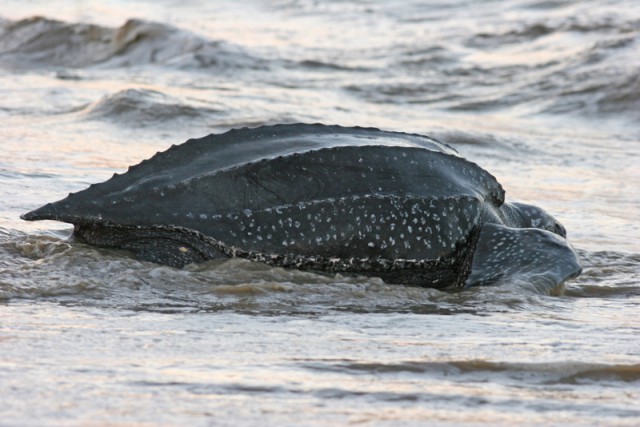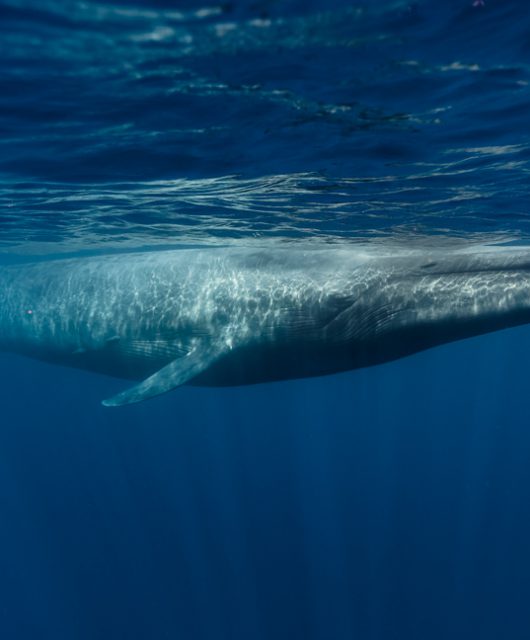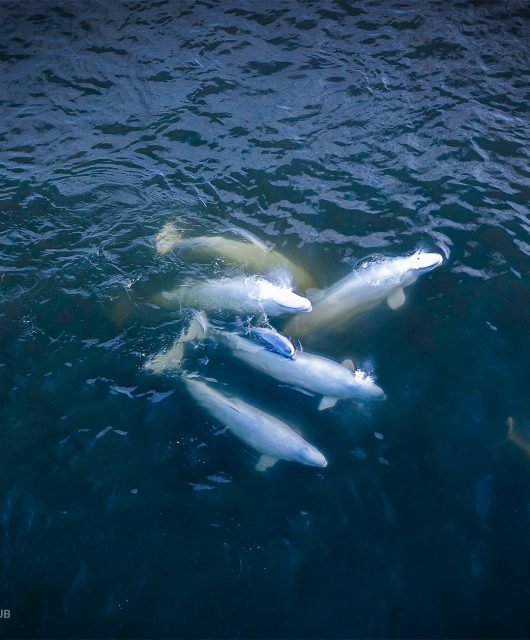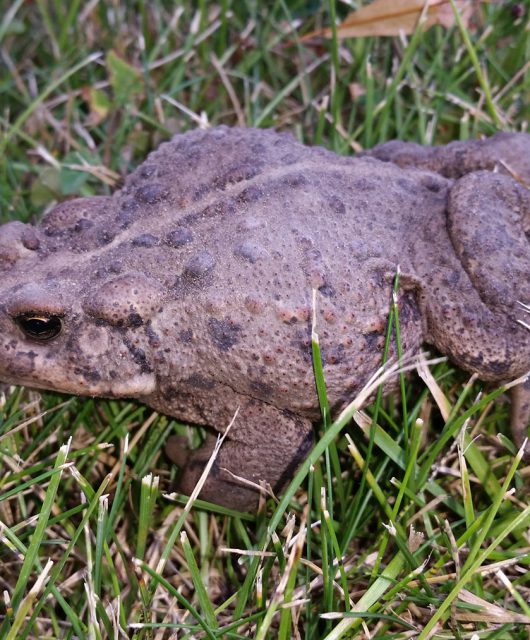Living in the ocean is quite different to life on land and requires additional features and adaptations to deal with these unique circumstances. Adaptations allow organisms to cope with living in a particular habitat (ocean, rainforest, tundra etc.). In marine habitats, organisms must adapt to things such as salinity, need for oxygen, pressure, temperature and obtaining light.
There are a variety of adaptations that make an organism suited to living in a particular habitat. Structural adaptations are things that you are able to see, such as shape, body covering or structures. There are also physiological adaptations that affect an organism’s bodily functions, such as breathing and temperature.
Structural Adaptations
Examples of structural adaptations for marine organisms include a streamlined shape exhibited by various fish, reptile and mammal species. Leatherback turtles have a very sleek carapace that allows them to glide throughout the water more effortlessly. Also, the carapace is leathery and has ridges which taper into a blunt point, which is very hydrodynamic. Their limbs have evolved into flippers, which act as large paddles in the water making them very equipped for their long distance migrations. Leatherback sea turtles also have structural adaptations to help them eat. Leatherbacks feed primarily on jellyfish and other gelatinous plankton and therefore have adapted backward pointing spines throughout their mouth and throat which allow them to grip and swallow their prey better.

Physiological Adaptations
All marine organisms must deal with the salinity of the ocean. Many marine reptiles and sea birds have a specialized gland, called the lachrymal salt gland, which helps their body get rid of excess salt. In sea turtles, this is located near their eye cavity and is the reason why it appears as though they are crying. Leatherback sea turtles have a particularly larger lachrymal salt gland than other sea turtles as a result of their high intake of salt from their prey (jellyfish and gelatinous plankton). This gland allows them to get rid of more salt.
Leatherback turtles also have the ability to dive over 1,000 metres! To do this they have to be able to withstand the intense pressure and hold their breath. They are able to accomplish this by having large, flexible lungs that can keep them submerged for several hours and a flexible, leathery carapace that can withstand pressure. They can also slow their heartrate down with sleeping or swimming which allows them to use less energy and conserve oxygen.
Marine species also have to deal with the cool water temperatures of the ocean. Leatherbacks are able to survive in marine waters that are much too cold for other marine turtle species. Leatherback turtles are able to keep a warm body temperature using a variety of adaptations. Their dark colour, large size and thick layer of fat help them attract heat and keep it in. Leatherbacks can also lower their heartrate and change their swimming patterns to minimize energy spent and amount of oxygen used. All these adaptations help keep their core body temperature as much as 18°C warmer than their surrounding waters!
Keep your eyes peeled to www.turtlerace.ca as our leatherbacks migrate south!





4 comments
Great article Lauren!!
Fantastic article Lauren Stoot:)
Didn’t know that the salt gland in sea turtles was near their eye cavity. Very Interesting!!!!
thanks, this will look good on a school project!
This helps a lot with my school project!